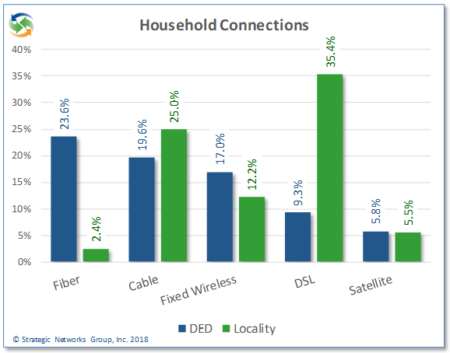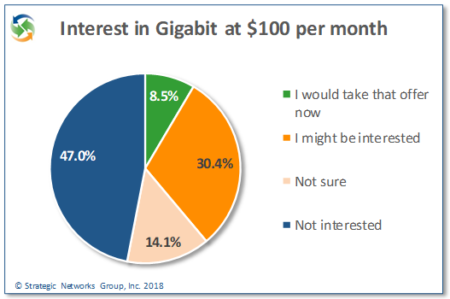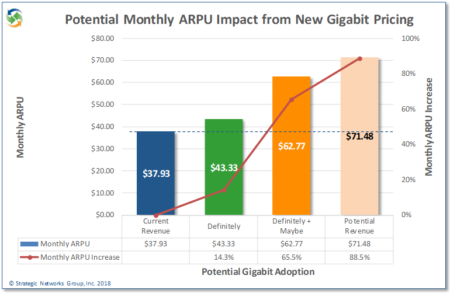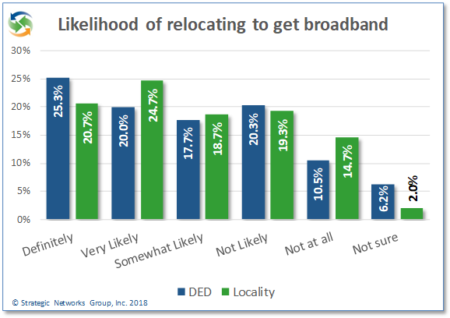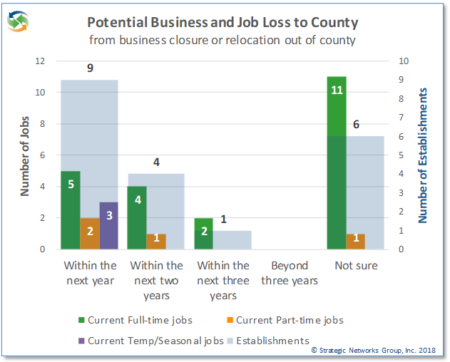SNG’s Digital Economy Database
Good decisions need the right information

Broadband is the most important differentiating infrastructure today and is critical to local economic competitiveness and quality of life. So how does your broadband compare? Are your local businesses and residents using online practices to their full potential? What digital economy metrics are you using to assess local competitiveness – are you comparing ‘apples to apples’?
Whether an individual business or household, whether a community or region, everyone needs to know whether they have the broadband they need – and whether they are making practical use of online practices to their full potential. Are they competitive and relevant in an increasingly online economy?
SNG’s unique capability to compare broadband data and benchmark use of online practices provides the necessary insight and evidence to make hard decisions on budgets and next steps. Do you have the granular data and evidence to decide whether the status quo is acceptable – or not – and what is needed for the future:
- How do we compare to our peers in broadband measured speeds? – level of satisfaction? – practical use?
- Do our businesses and households have the broadband they need?
- If we invest, what returns can we expect to our businesses (new revenues, jobs), for our locality and region (retention and expansion of businesses and tax base), etc.?
- Are our businesses and households using broadband and online practices to their full potential? If not, what are they missing out on?
- We hear about smart community services, but what can they mean for our locality?
SNG’s Digital Economy Database
SNG has amassed an industry-unique database of more than 95,000 records on how households, businesses, and organizations are connected, using, and benefiting from the internet. This data has been collected across North America, including statewide broadband demand assessments for nine American states.
Our Digital Economy Database (DED) on broadband demand has enabled us to develop key insights and strategies to drive local economic growth and realize community benefits through broadband. Moreover, quantifying community returns from digital infrastructure investments focuses attention on expected outcomes, which identifies and helps prioritize common goals to become a driver for engaging local stakeholders and organizations.
SNG’s Digital Economy Database
Industry-unique database of internet connectivity, utilization, and impacts
- Collected directly from households and businesses
- 95,000+ records of data
- 320 datapoints per record
Essential for benchmarking to:
Track progress, evaluate impacts, and identify evolving needs
Identify broadband needs, gaps, barriers, and opportunities
Quantify economic impacts and community benefits
Provide market intelligence for local planning and broadband strategies
The DED provides you the ability to identify broadband gaps, barriers, and opportunities using benchmarking data collected from your locality through one of SNG’s data collection and analysis services, such as our Digital Economy Demand Checkup or the Broadband Impact and Market Assessment.
Some of the information that can be provided to benchmark your broadband market include:

- Broadband’s impacts on specific industries – who is using broadband most effectively and who is missing out on opportunities
- Specific online practices used among industries, regions, etc. and their economic impact
- The factors that drive utilization – how to replicate and raise areas where utilization is below average
- Business revenue and cost savings potential from broadband utilization
- How broadband contributes to job creation
- Barriers to using broadband and how to overcome them
- How households use and benefit from online practices
- What broadband connections are currently used, their speeds, and user satisfaction
- Interest and demand for new and better online services
Once you uncover gaps, barriers, and opportunities on where you stand – you can decide where you need to be; whether at an individual business and household level, or at a community and regional level. In other words, you can see the forest from the trees. SNG’s goal with the Digital Economy Database is to give you the data points you need to build buy-in and move forward based on actionable intelligence.
Benchmarking Broadband Demand and Market Potential
Fundamental questions in assessing a business case for a provider or an economic case for a locality investing in broadband include:
- Do local businesses and households have the broadband they want and need?
- How does our broadband service compare to other markets?
- What are we missing out on?
Assessing broadband market potential (current and potential demand) is required due diligence for any investment. Furthermore, benchmarking broadband demand can also uncover new opportunities for investment that previously ‘flew under the radar’, or reveal them to be lower risk than pro-forma business cases.
Estimating Return on Broadband Investment
Expanding broadband access and digital infrastructure requires capital investment. Whether these investments are supported by private or public funds, or both, the investment decisions must be founded on data that shows a return on investment. Assessing broadband market potential to understand whether broadband solutions can be self-sustaining over the long term can make the case for:
- Public investment, including applications for grants and loans from public funding programs.
- Securing debt financing.
- Private investment through commercial ISPs, either alone or as part of a public-private partnership arrangement.
Investing in broadband like other essential infrastructure, such as electrification and roads, needs to be based on more than a simple business case of whether revenues outweigh investment costs. Infrastructure investments must assess how community benefits (often external to a private sector business case) are internalized for a community return on investment assessment. Electrical infrastructure was a foundational investment on which communities and economies have thrived. For the 21st Century economy, communities now need dependable, sustainable and affordable digital infrastructure for all.
Public and/or private investments in bridging broadband gaps and building digital infrastructure require the right information to make the right decisions. With the right information you can:
- Optimize investments in broadband and digital infrastructure based on user-driven demand (instead of assumed pro-forma subscription rates)
- Identify broadband needs, gaps, barriers, and opportunities – for targeting user groups, funding, and necessary technical support
- Quantify potential economic and community returns on investment based on cost-benefit analysis of demand drivers
- Provide communities, counties, regions, port authorities, tribes, etc. data for local planning and evidence-based decision-making
- Create a baseline of data for benchmarking progress, assessing benefits, and evaluating economic return on investments

Putting the Digital Economy Database to Work for You
SNG collects and analyses broadband demand and utilization data for your market. We also provide intelligence from our Digital Economy Database that puts your data into economic context and competitive relevance, such as whether there are significant positive economic benefits.
Below are a few examples of how SNG can work with you to apply our unique data to your needs.
How do your locality’s connections compare?
Find out how your locality compares to similar area for types of connection used, connection speeds, user satisfaction, interest in better services, and much more. (Click to enlarge images.)
Such information not only underpins broadband investment decisions, it also provides objective evidence to gain the support of the community at large when they can see how far behind they are. Data and statistics are more powerful than anecdotes in driving support for action.
What are your community’s priorities?
What do your households and businesses rank as the top priorities for their community now and in the future? Do they vary between households and businesses? How does this stack up against the priorities of your community leadership?
This enables community leaders to align their program and partners to the needs and expectations of residents and businesses.
Gauge the Impact of New Services
Is there interest in new services? What is the impact of new services on business opportunities? How might changes in service pricing affect revenues?
The ability to gauge demand before, during, and after a broadband network implementation reinforces the case for investment as well as identifying new revenue sources, often without significant new investment.
Assess the Economic Impacts
How important is broadband for attracting and retaining residents and businesses? Will residents move in or out of your community because of broadband?
The biggest risk to rural communities without broadband is the loss of vital population and businesses to other localities, taking local spending and job creation with them.
What will be the impact if businesses have to relocate out of the locality? How many businesses will close? How many jobs will be lost?
As existing local businesses use more online practices they become more relevant and competitive, increasing profitability and leading to faster growth. Business growth through broadband use is a driver of local economic growth.
Armed with data gathered directly from businesses SNG is able to estimate the impacts that using broadband has on business revenues and cost savings. These economic drivers are used to estimate broader economic impacts, such as increases to local GDP, tax revenues, and job creation.


